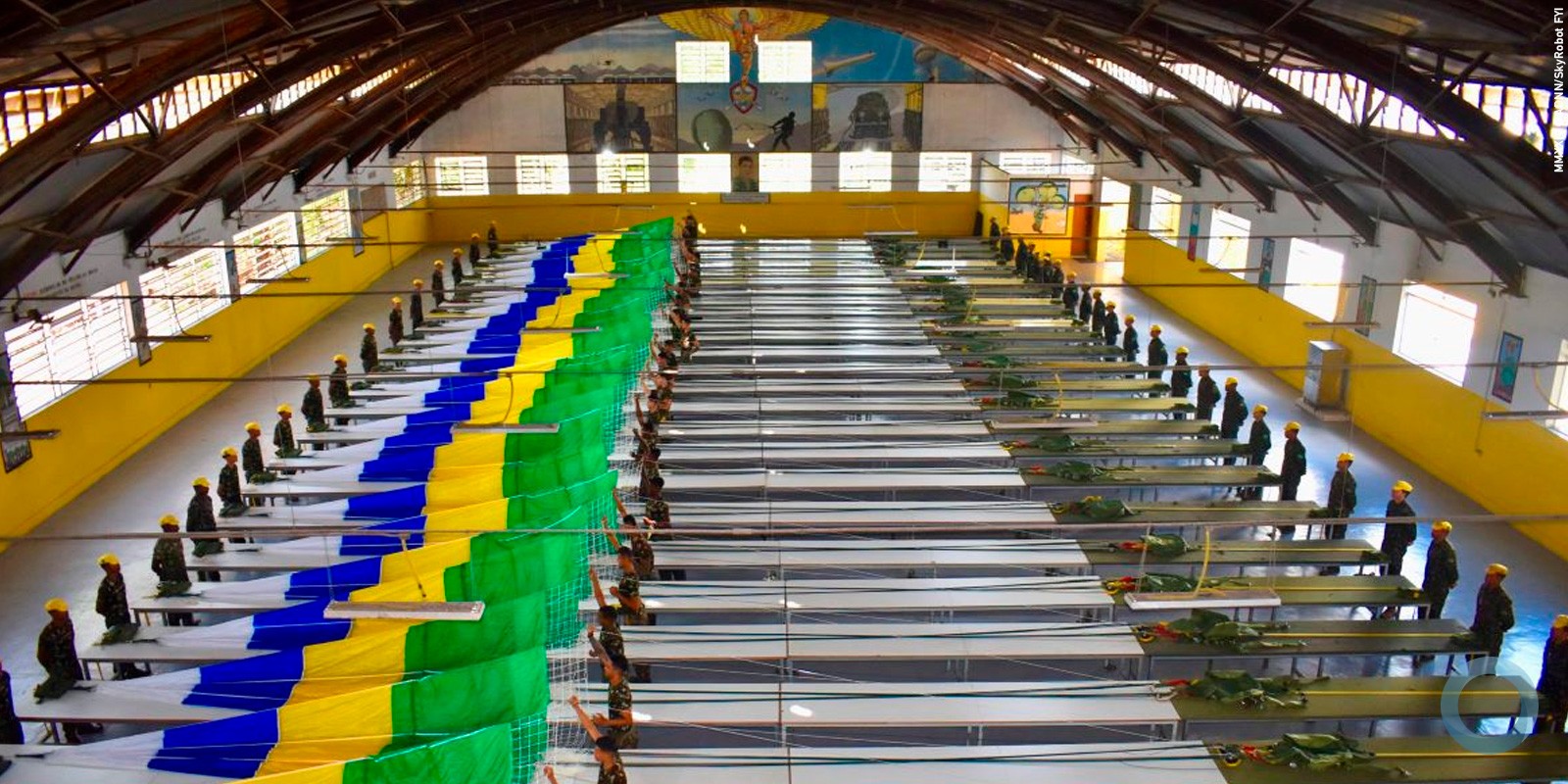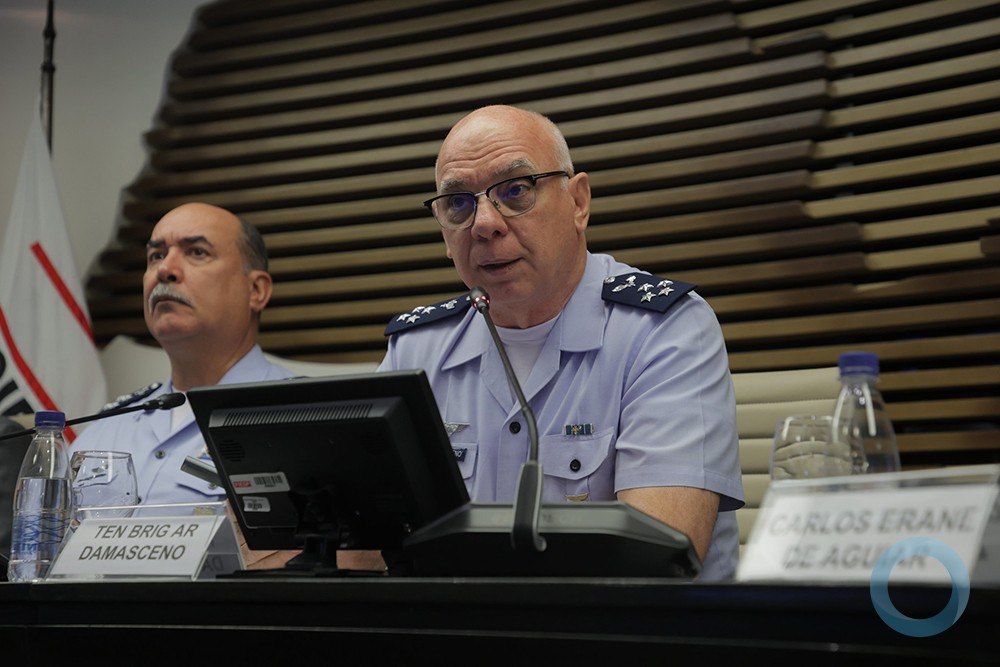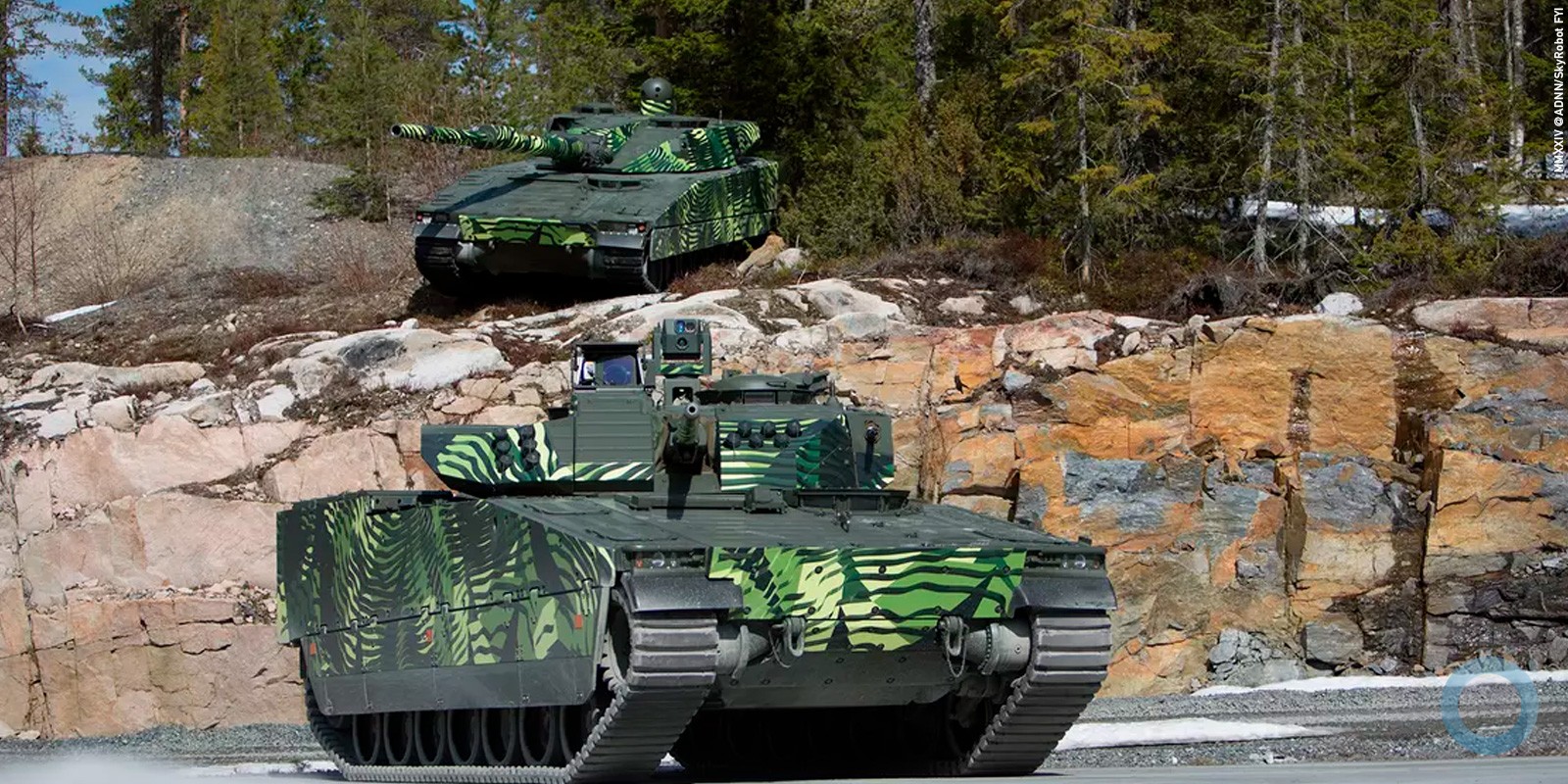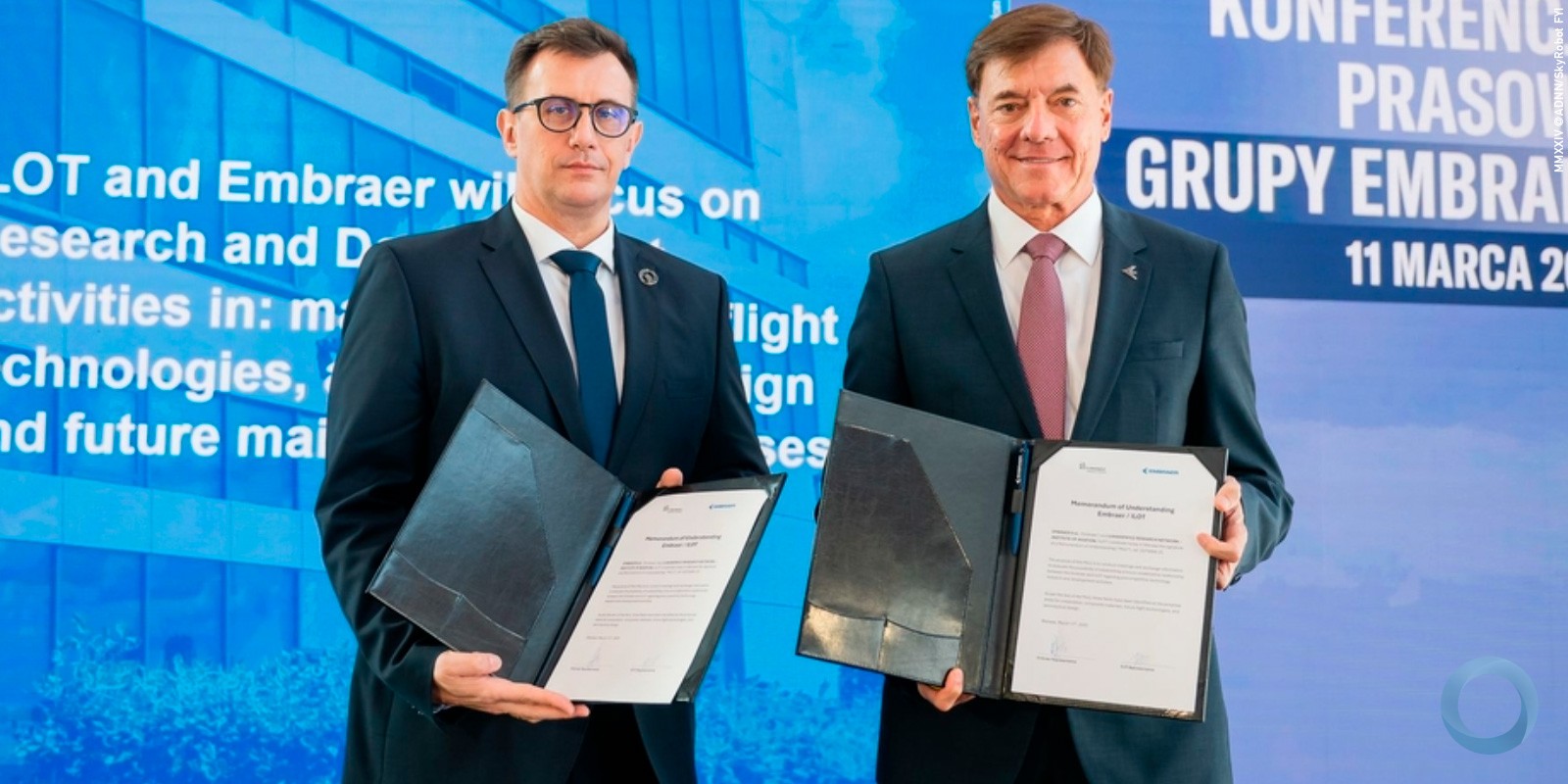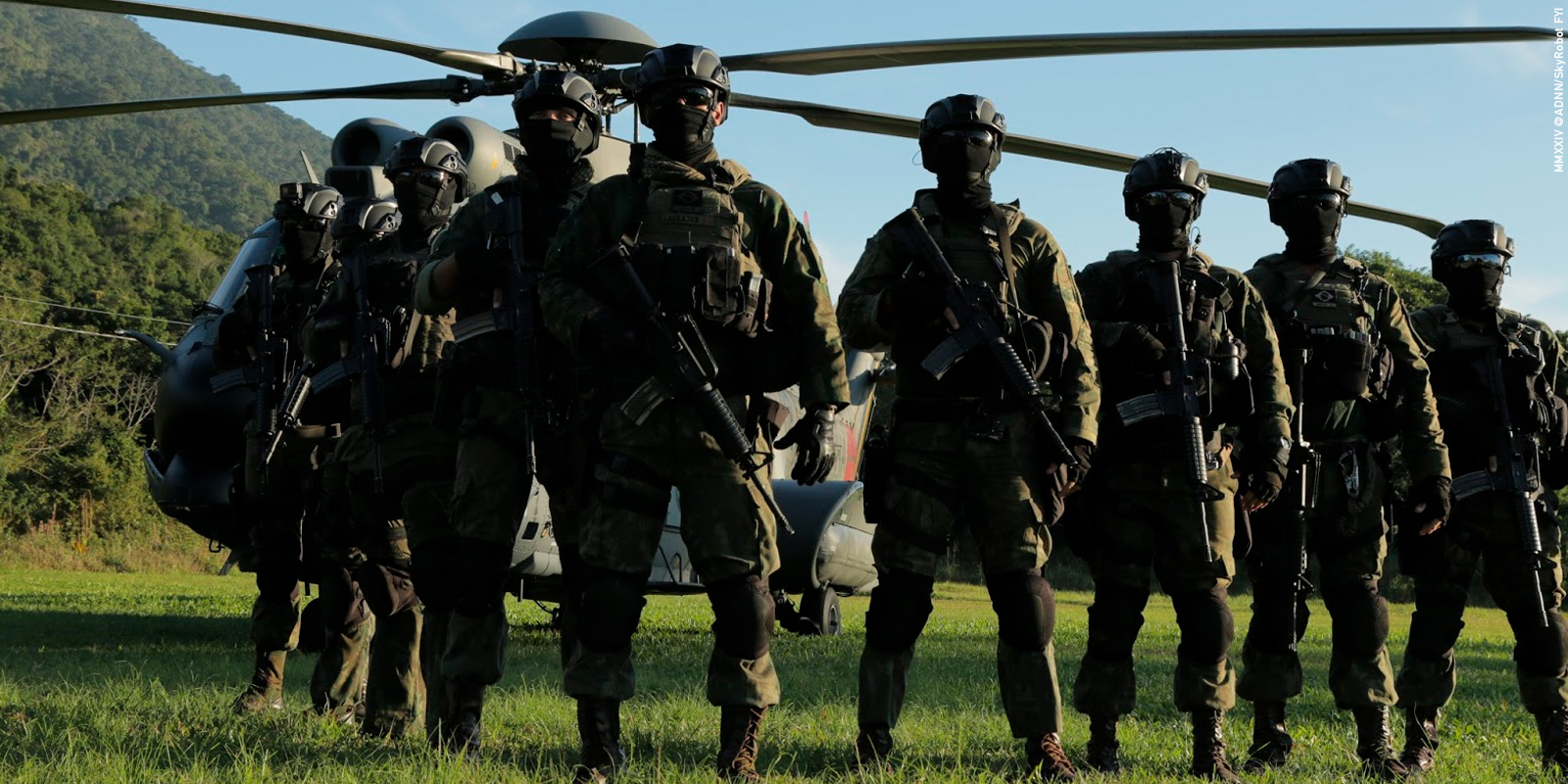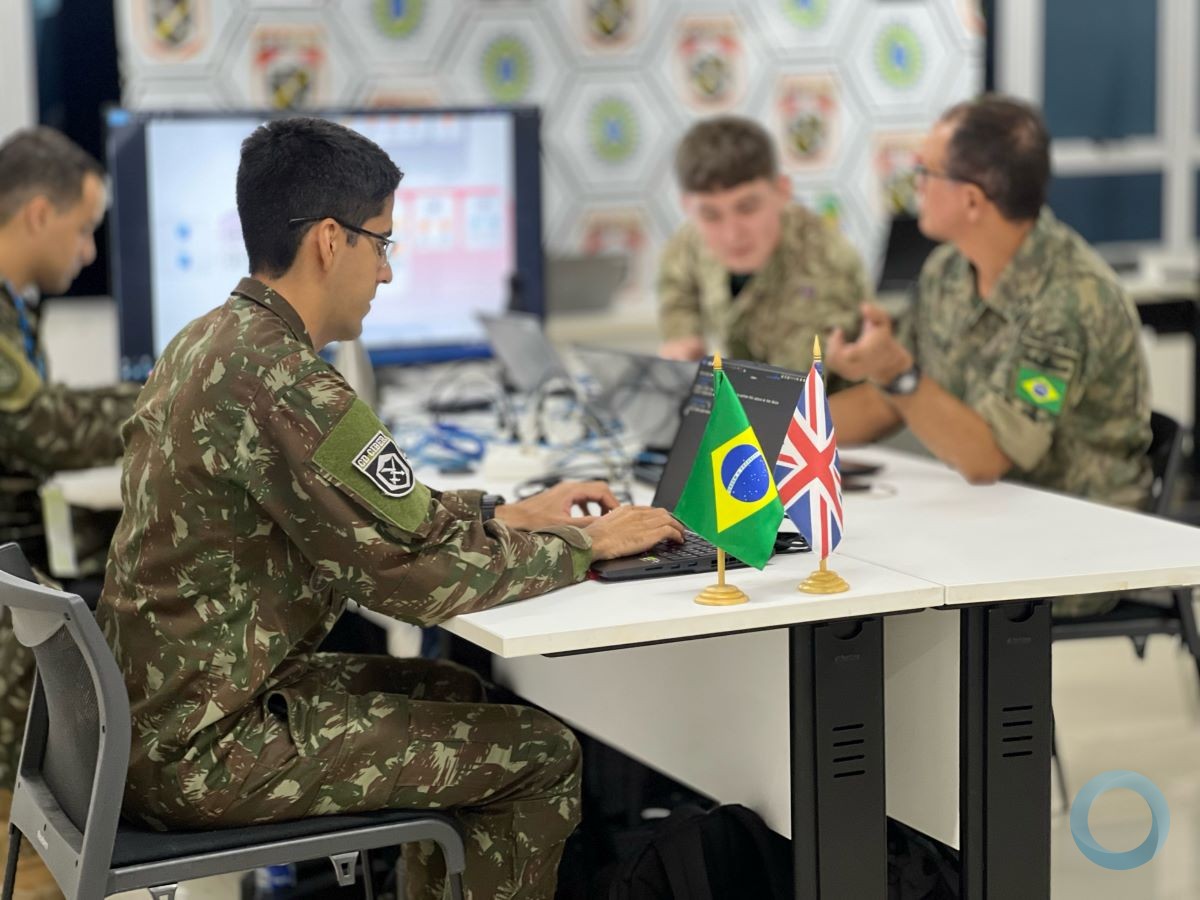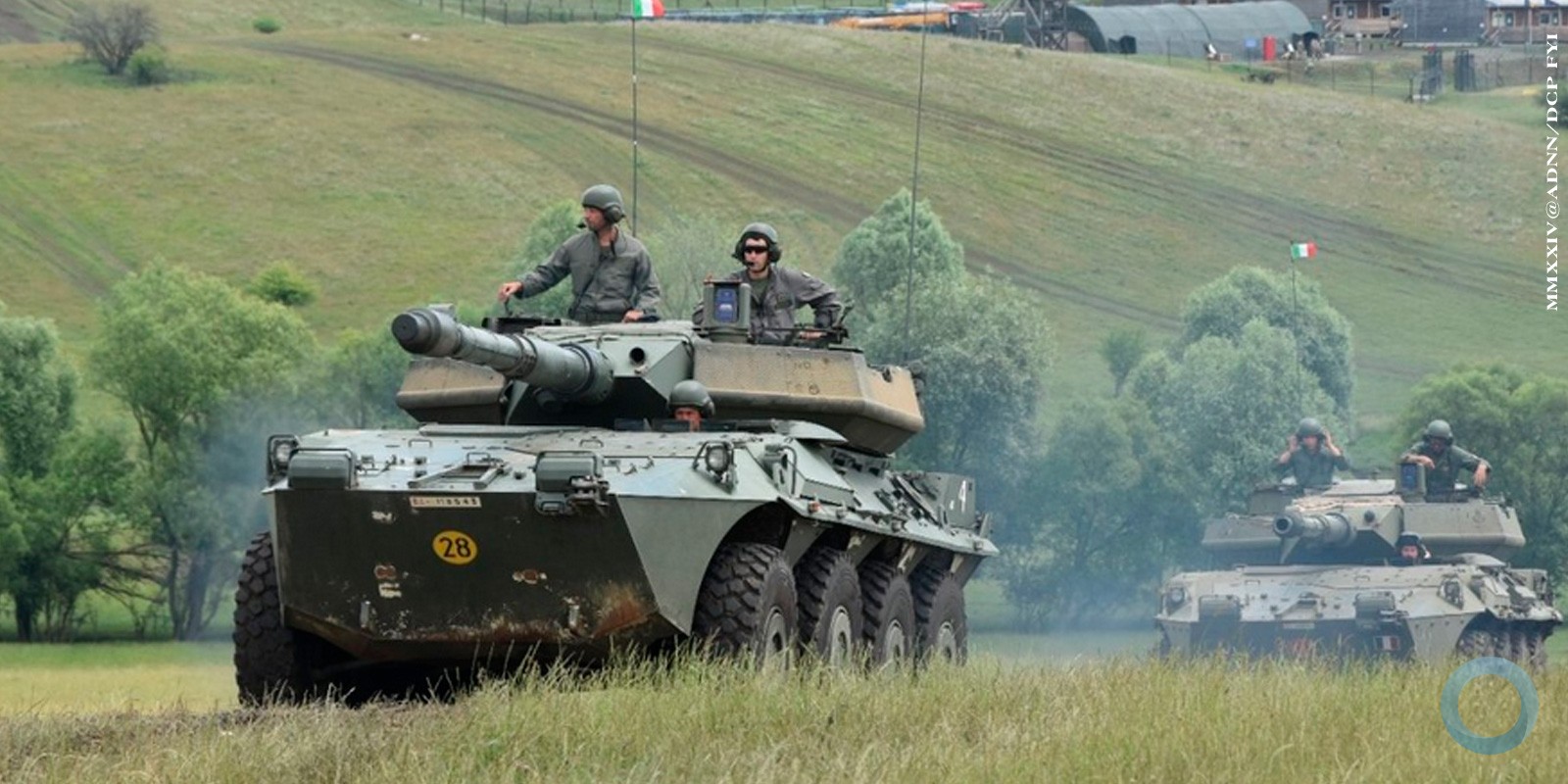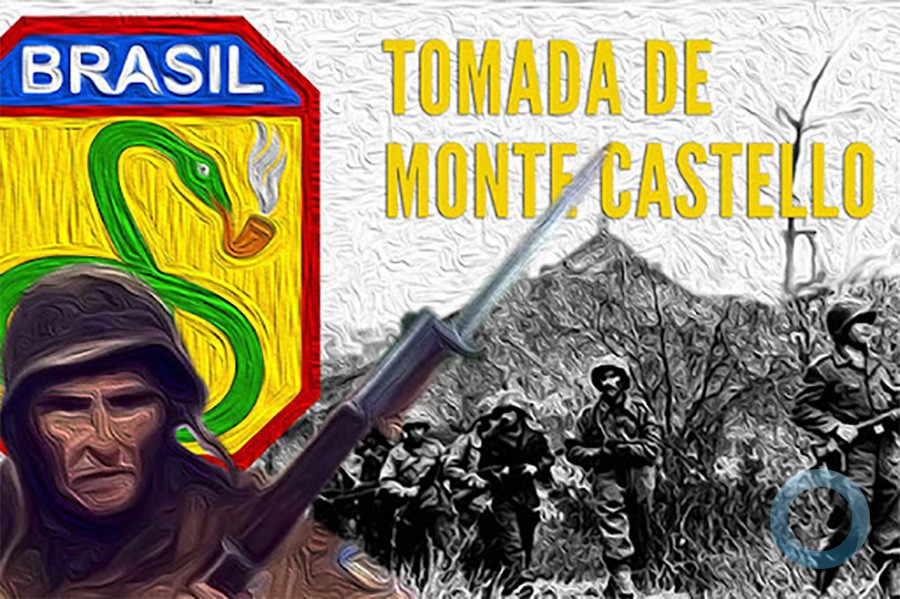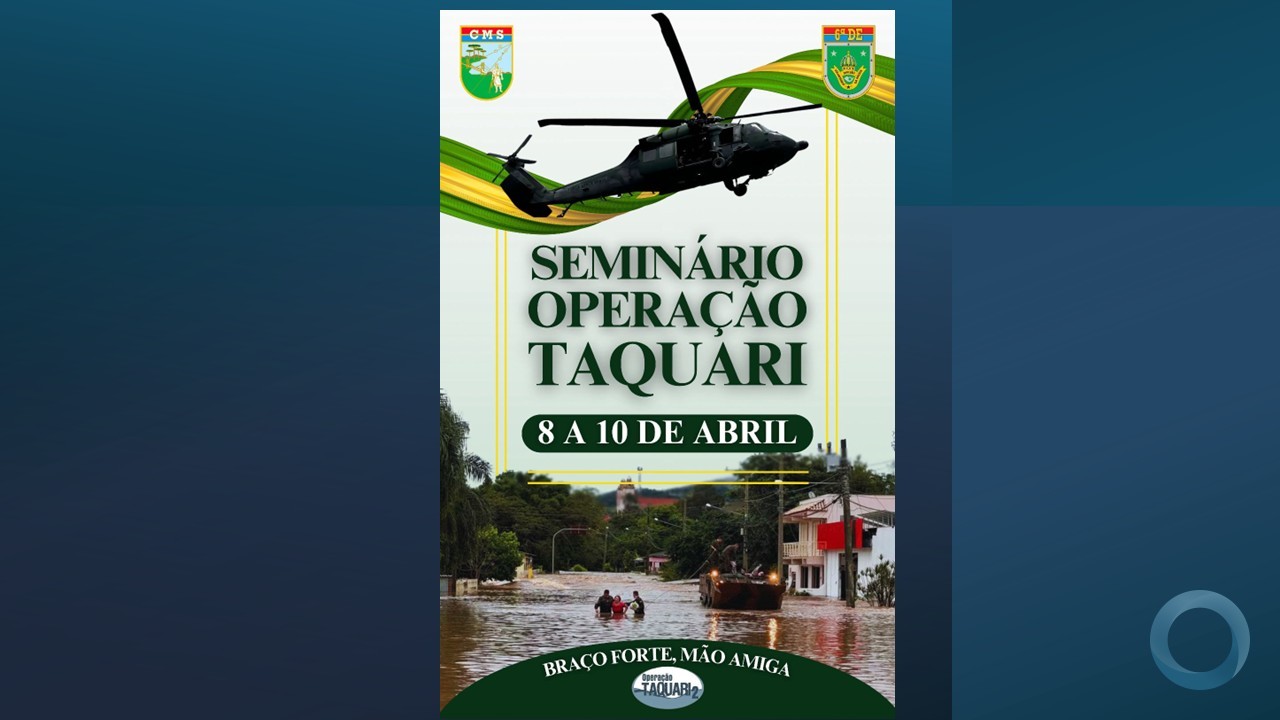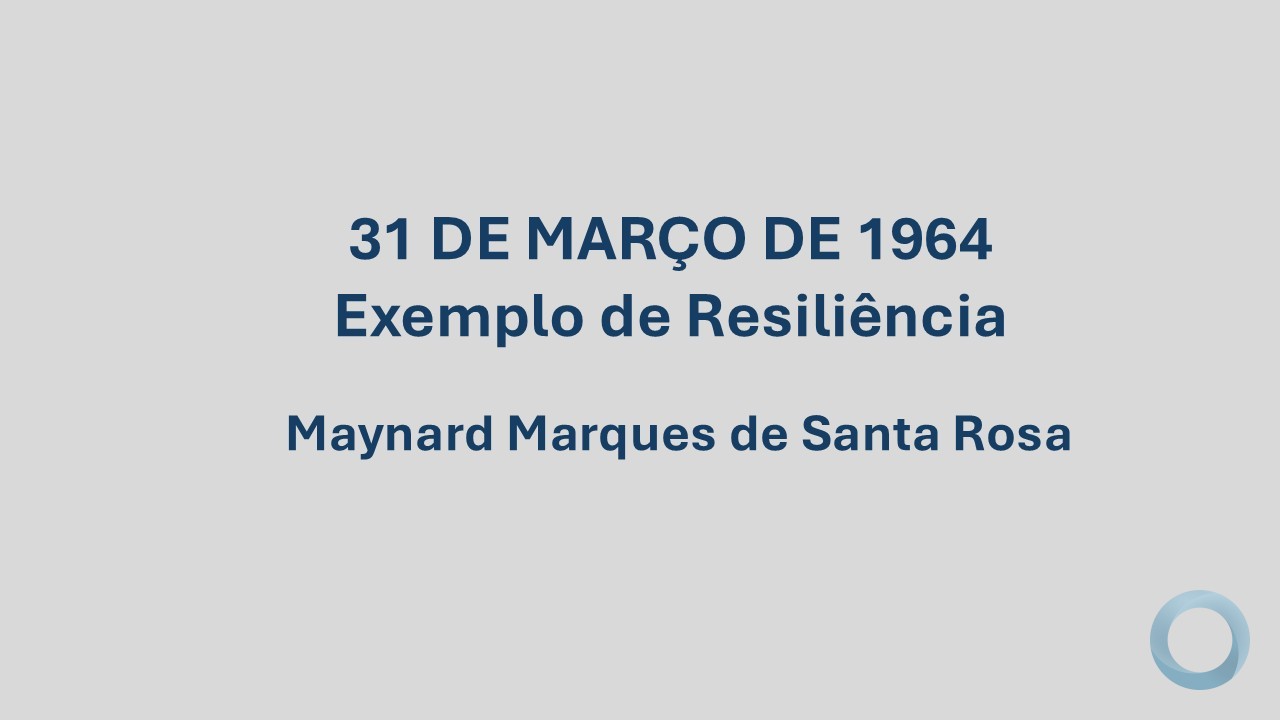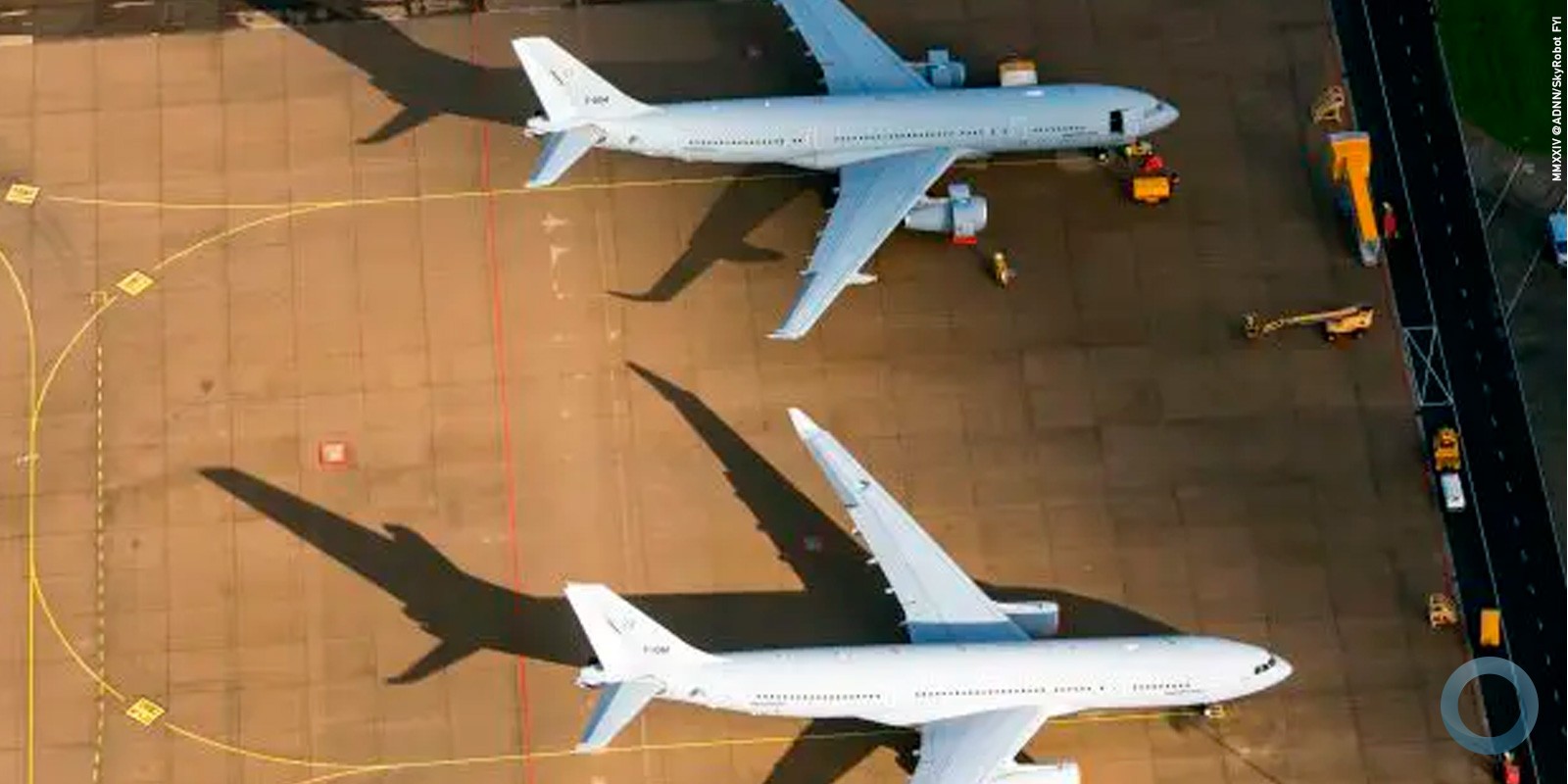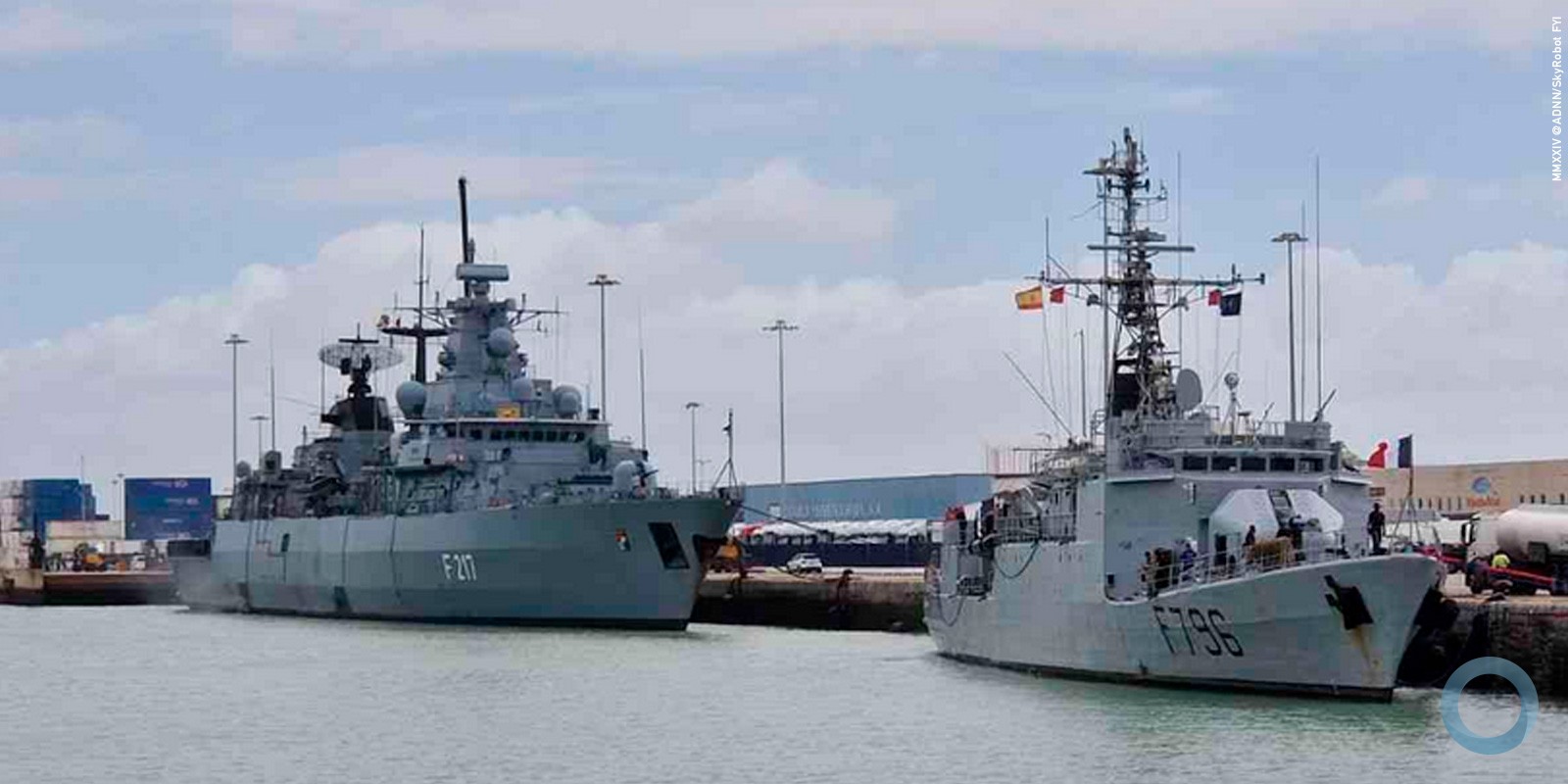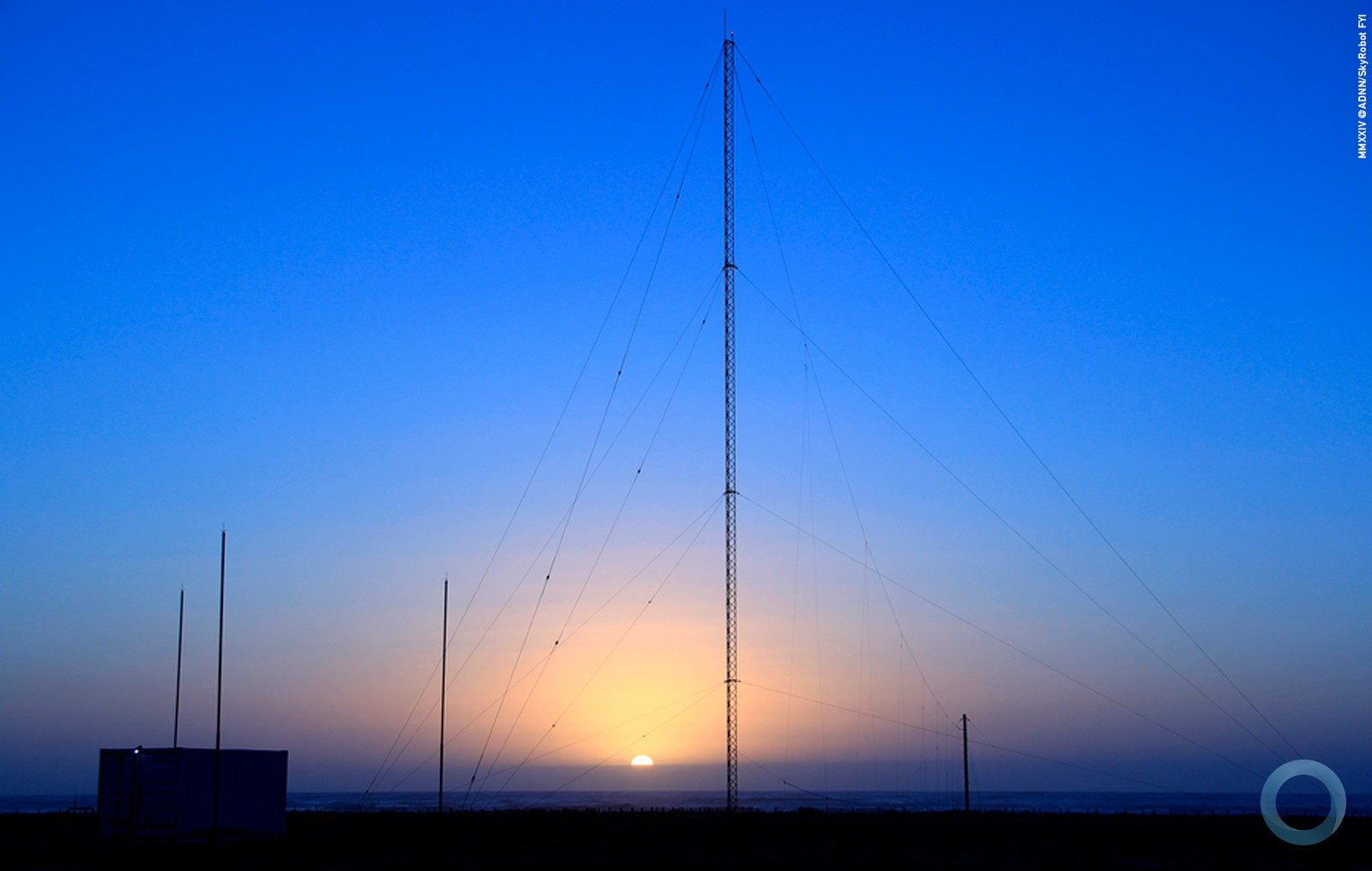Note DefesaNet
Text in Portuguese
Mectron SCP-01 afiando a pontaria do AMX modernizado Link
The Editor
by Nelson Düring
Chief-Editor DefesaNet
Aiming to extend tactical fighter AMX (A-1) service time aircrafts for 20 more years, reduce the obsolescence of their equipment and, at the same time, set standards to the fleet and eliminate the differences between the three different batches currently operated by the Brazilian Air Force, the modernization program for the main Brazilian attack aircraft performed a round of testing flight in Gavião Peixoto, SP, in order to validate de operational capability of the SCP-01 Radar System.
DefesaNet followed MECTRON company work, a company owned by Odebrecht Defesa e Tecnologia (ODT), in partnership with Italian Selex ES on SCP-01 Radar, that is one of central points in the Brazilian Air Force A-1M modernization.
Bullseye
The SCP-01 is a multifunctional radar designed to operate as the main sensor in the A1-M arms subsystem. On the Brazilian side, MECTRON is responsible for developing the receptor, antenna, servo antenna and steel frame. The Italian company Selex ES will provide transmitters and processors.
During the test rounds, the SCP-01 has received validation on all its operation modes. In order to test the Ground Penetrating Radar (GPR) mode, the A-1 aircraft flew over the city of Ibitinga, near the Promissão dam at Tietê river – the test was to identify fluvial areas and map out the land, providing the pilot with geographical data of the landscape 50 miles ahead.

The SCP-01 Radar as projected to be used at A-1M Tactcal-fighter
Along in the same flight, the ship tracking mode was tested as well, as the radar had to detect any vessels on the water. In order to assess the air-air search and tracking mode, and the air combat mode, a small Phenom Executive aircraft, produced by EMBRAER, was used as a fake target.
This scenario allowed target detection at distances further than 12 miles (18km). As the SPD-01 radar tracked the Phenom, a series of combat maneuvers were performed, as well as in-flight refueling maneuvers as the radar operated on AIR-P mode. On another stage during the test, the radar system operated on ground distance (AGR) mode, and provided algorithms to target potential threats on ground.
During the trials it was also possible to assess the integration of the PSC-01 with the A1-M’s new navigation system, as well as to the Head Up Display (HUD) and the Multi-Function Display (MFD), where the pilot can see all the data collected by the radar.
Sharp eyes for 20 more years
The AMX aircraft (formally known in the Air Force as A-1) was specially designed for long rage, ground attack and reconnaissance missions. The AMX modernization project allowed the upgrade of the SCP-01 radar, now with color multifunction displays incorporated into the A-1M. Also, the radar system is now able to detect and update navigation data from more targets simultaneously.
Regarding logistics, MECTRON has developed a new database to provide support for tests of the SCP-01 on ground. The company also created a database named Radar Stimulator, which helped to come up with the radar’s avionic interface, allowing it to interact with others systems in the A-1.
The technological partnership with the Italians has been successful: now MECTRON is fully capable to provide maintenance services to the Italian units as well.

SCP-01 assembled in AMX tactical Fighter A-1M Photo MECTRON
|
DefesaNet Exclusive Questions sent do Mectron company and answered by Engineering Department: Nelson Düring – DefesaNet – How many people in MECTRON are involved with the SCP-01? MECTRON – We consider people as the main part of any technology development program. Throughout the SCP-01 project, dozens of professionals have been graduated. In this current stage, there are about 10 people working full-time in the program, including engineers and other professionals. DefesaNet– What’s the radar resolution, including reach, on naval surface? MECTRON – This is classified information, so only the Brazilian Air Force can provide it. DefesaNet – There have been small aircraft detection drills, certainly with low Radar Cross Section (RSC). It indicates an excellent performance. Is it possible to compare de SCP-0 with AESA radars? MECTRON – The SCP-01 uses the mechanical scan array system. It was design to be lightweight, consume less energy and be portable. The AESA (Active Electronically Scan Array), thanks to cutting edge computer and X band gallium arsenide chips, now have great capacity to track multiple targets. However, those are costly. When it comes to target detection with low RSC, the SCP-01 and AESA radars are equivalent. DefesaNet– How was the integration process of the SCP-01 radar with A-1M’s other systems? MECTRON – Since both the SCP-01 and the A-1M projects are both managed by COPAC, MECTRON and Selex ES, the integration process went as planned. DefesaNet – The A-1M aircraft was designed to operate in very hostile environments, at low altitudes, and under constant vibration caused when the weapons are fired. What is the radar availability under such conditions? MECTRON – The radar was designed considering scenarios of ground attacks on low altitudes, and has proper settings to counter the vibration issue, as specified in the SCP-01 project. During the gun fire tests, the radar system kept the lock-on at the target the entire time, showing that even extreme vibrations don’t affect its operation. |






